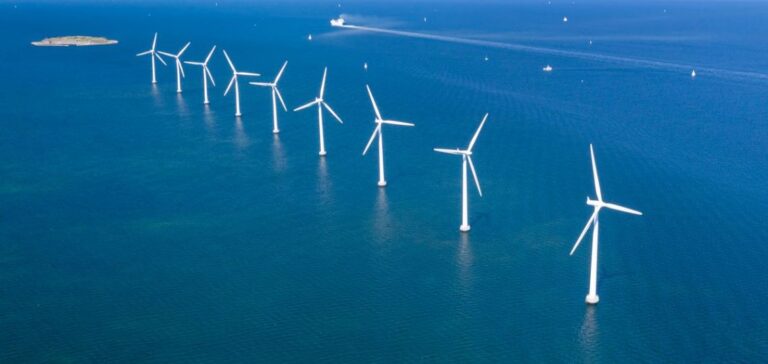The new initiative unveiled by the Polish government is part of a broader strategy to strengthen national offshore capacity. The Baltica 2 project involves constructing an offshore wind farm extending over approximately 190 km², about 40 km from the Polish coast between the towns of Ustka and Choczew. The construction, scheduled to begin this year, will see the installation of 170 turbines generating an expected total capacity of 1.5 GW.
Technical and Geographic Details
The chosen location in the Baltic Sea was selected for its favorable wind potential and its relative proximity to the mainland, facilitating grid connection. The 170 turbines, which incorporate recent technological innovations, are designed to meet growing energy demands while diversifying energy sources. The technical data, including the area covered and installed capacity, underline the scale of the investment.
Financing Arrangements and Sector Implications
The project is being executed by a consortium formed by the Danish group Ørsted and the Polish company PGE, each holding a 50% stake. Ørsted will finance its share with its own funds, whereas PGE will rely on local and international loans, including those from European banks such as the European Investment Bank (EIB) and the European Bank for Reconstruction and Development (EBRD), as well as funds from the post-Covid recovery plan.
The investment of 30 billion zlotys reflects the commitment of sector players to develop significant offshore capacities. Additionally, the Prime Minister indicated that this operation is only one element of an ambitious plan aimed at reaching 18 GW of national offshore capacity by 2040. The detailed figures and strategic partnerships provide a clear insight into the challenges and growth prospects for the offshore wind sector.






















